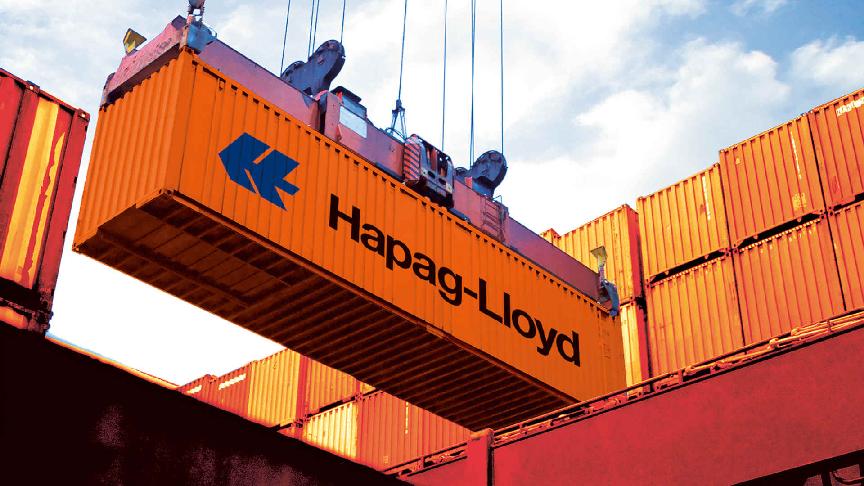4 March 2024 (Lloyd's List) - CONTAINER shipping remains in a relatively healthy position despite the downturn from the heady days of the pandemic.
A new report into the health of the sector by Alix Partners said the container shipping’s 2023 financial performance reflected the “resilience and adaptability” that carriers had adapted to survive in the lower-earning environment.
“Carriers remained profitable in 2023 and earned relatively high marks on most measures of financial health,” the report said.
“The major carriers are in reasonably sound conditions despite the retreat in revenues.”
Across the board, earnings before interest, tax, depreciation and amortisation fell to $71bn from $158bn in 2022, but this had not stopped lines boosting capex to levels not seen since 2012. And despite the £22bn of capex in 2023, carriers had an aggregate cash balance of $83bn, 3.7 times the average they had held over the past 10 years.
“The industry’s health is evident in a range of other financial vital signs as well,” the report said. The aggregate debt-to-ebitda ratio is 1.2, a far cry from the heavily leveraged days before Covid-19. Capex in 2023 came to 25% of cash flow, up from 2021-2022, but considerably below the levels prevailing from 2010 through 2019.”
Nevertheless, the sector still faces a number of tough challenges, some external and some self-inflicted.
Overcapacity looms for the market, despite the absorption of some additional capacity due to the rerouting of traffic around the Cape of Good Hope.
“As container lines reroute sailings and reposition assets to adapt to the virtual closure of the Red Sea and the Suez Canal, the persistent oversupply of container ships that has weighed on freight rates since 2022 has all but evaporated, at least temporarily,” the report said.
But with global capacity fast approaching 30m teu, this effect may not last long. Capacity rose 8% over 2023 as volumes flatlined, and another 2m teu is due this year and 1.5m teu in 2025, although some of this could be delayed or deferred.
“Under normal conditions, the inexorable growth in capacity, combined with sluggish trade growth, would act as a check on runaway rate increases,” the report said.
Regardless of the duration of the Red Sea crisis, however, box lines have far greater challenges coming in the long term, particularly over the decarbonisation.
Despite efforts made to date, container shipping’s carbon emissions rose to 230bn tonnes in 2023, representing nearly a quarter of the shipping industry’s emissions, according to Alix figures.
“Far from declining on the way to a mandated 20% reduction in CO2-equivalent emissions by 2030, the industry’s combined emissions will rise sharply in 2024 as liners forgo the Red Sea for the Panama Canal, which will add roughly 30% to the length of their voyages,” it said.
These emissions are forecast to increase to 350m tonnes by 2050 absent the significant interventions.
“Even targeted investment and conversion to alternative-fuel propulsion systems will not be sufficient to achieve the mandated 20% reduction by 2030, but net zero by 2050 remains within reach, barely, if 5% to 17% of the industry’s fleet is converted to zero-emission fuels by 2030 and 84% to 93% is converted by 2050,” the report said.
The cost of that transition would be an eye-watering $1.4trn, although that will be shared by fuel producers, carriers and their customers.
Moreover, it was unlikely to happen without further, stronger regulatory regimes in place.
“Cross-border regulatory changes are difficult to formulate and coordinate, especially given the diverging approaches to climate change mitigation among different governments and the disparate priorities they assign to the issue,” the report said.







